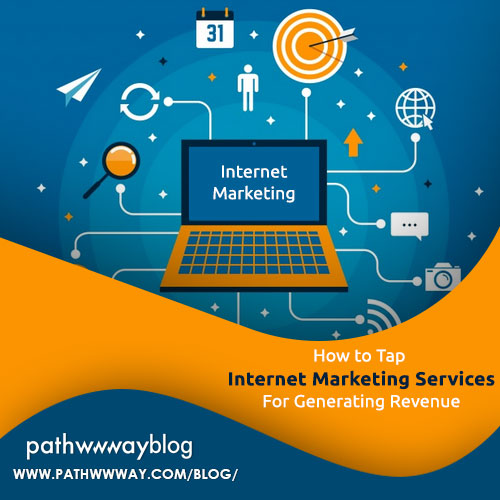How To Increase Buying Power With Customer Loyalty Programs
Customer
loyalty programs have increased in popularity and is critically important to
retail business growth. Nielsen conducted research found 84% of consumers were
more likely to choose retailers that offer programs. Around 59% even check if
loyalty programs are available where they shop.
How do retailers capitalise interest in customer loyalty programs to
keep members engaged and create an active customer base?
Before
delving into the logistics, it is important to understand what defines customer
loyalty programs. These are essentially programs for marketing products and
services, that reward loyal customers with incentives for purchases. These
programs incentivise and track purchasing behaviour, rewarding customers in
return for loyalty to a certain brand. The basic logic is simple: the more you
spend, the more you get. These programs are also effective tools for retaining
customers. They also motivate existing customers to be engaged and make repeat
purchases.
Why Points & Tiers Count
A
tactic used by retailers is the points based customer loyalty initiative. It
gives customers points for making purchases or completing other activities and
actions. On the other hand, tier-based customer loyalty programs track purchases. Once
customers make enough qualifying purchases, they are placed in a tier. Each
level gets certain incentives and rewards, increasing in value as the customer
moves through each tier. Such VIP clubs are used by airlines, casinos and even
clubs.
Taking a Social Approach
Not
all rewards programs are linked to making an actual purchase Some firms take a
social approach. They go ahead and reward points/discounts for engagement on
social media, such as likes, comments or even shares. Many brands run giveaways
and contests. These reward loyal fans who like or share posts with their
network.
Loyalty Programs That Are Paid
The
best things in life may be free, but customer loyalty programs sometimes
require members to pay a fee, ranging from one time payment to recurring
payments over a period of time. Examples of these include Sam’s Club membership
and Amazon Prime. Gamification like McDonald's Monopoly also fall under this
category.
Benefits of Customer Loyalty Initiatives
Whether
it’s cashbacks, rebates, points, free gifts or shipping, flexible return
policies or even access to exclusive shopping hours or events, free services
and upgrades, loyalty programs offer myriad benefits for businesses. According
to research, retailers spend 5-10 times more to acquire a new customer rather
than retaining an existing one. Engaging current customers could cost less and
reap greater benefits in the long run.
Programs
also increase customer lifetime value and returns on investment. These programs
also activate word-of-mouth publicity. As per the 2016 Bond Loyalty report,
close to 73% of members recommend brands with excellent loyalty programs.
Satisfied customers are also more likely to make the shift to brand advocates
and promote the business for free to their network.
Shaping
purchasing behaviour by providing incentives for customer activities is also
beneficial for businesses that want to sustain the growth momentum, like the
Sephora Beauty Insider loyalty program. Winning brands understand that customer
loyalty is free, but requires time, money and effort. What motivates these companies
is the solid returns on investment loyalty programs inevitably trigger.

